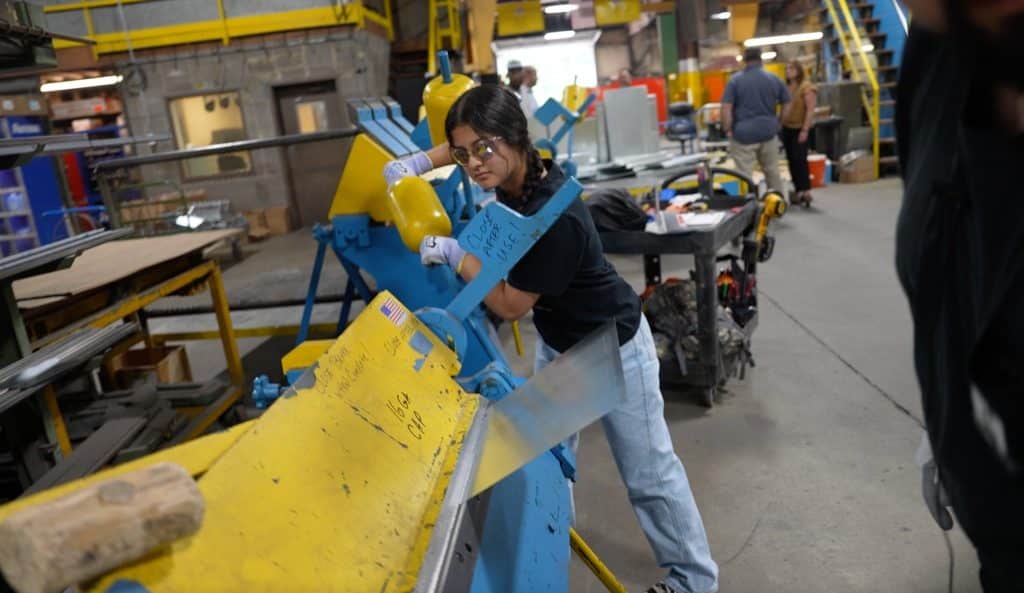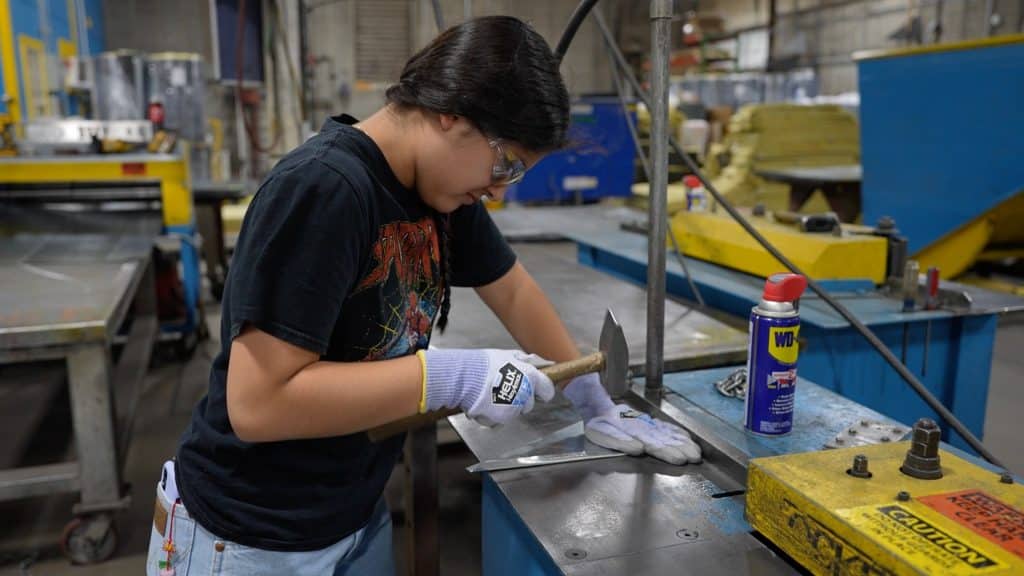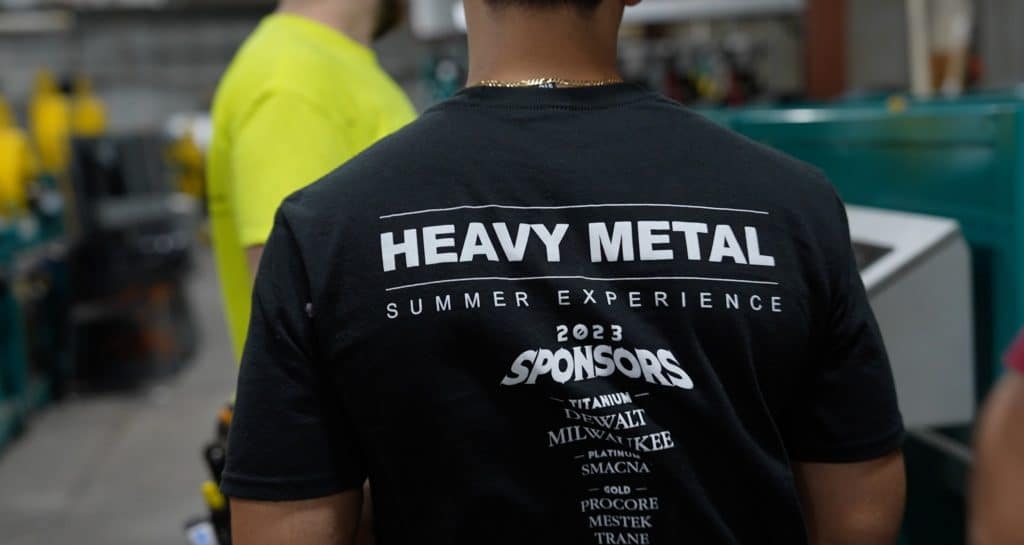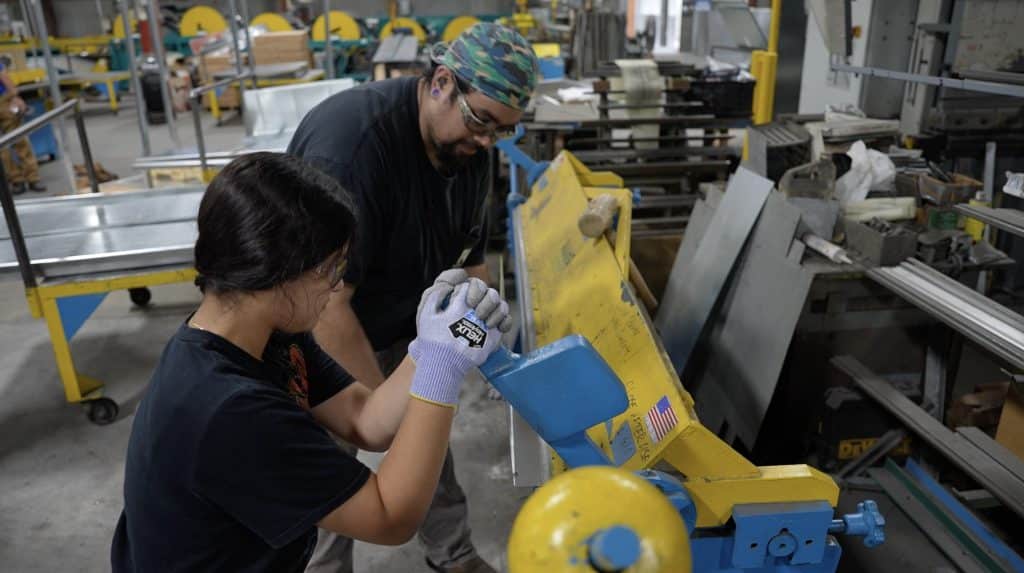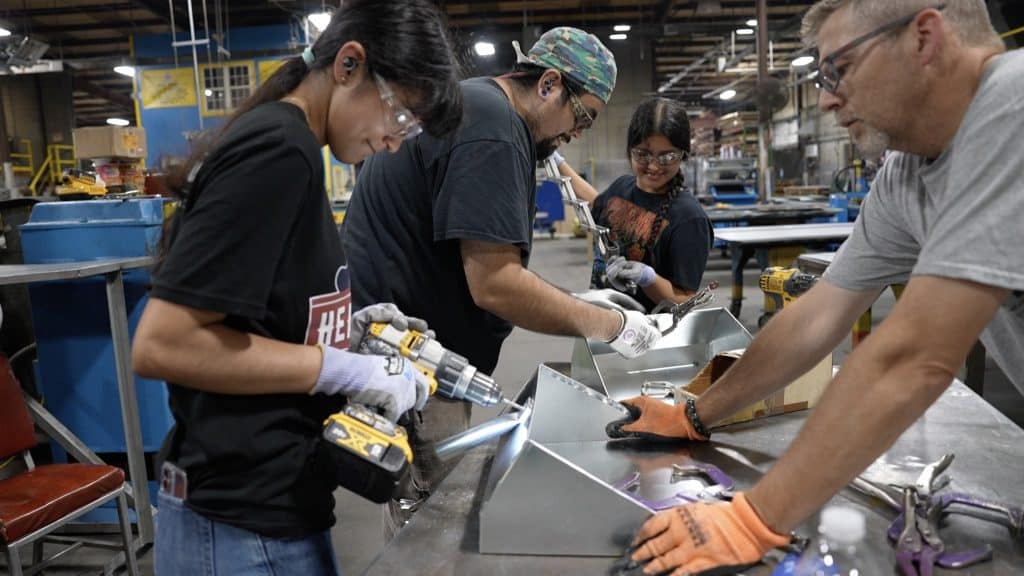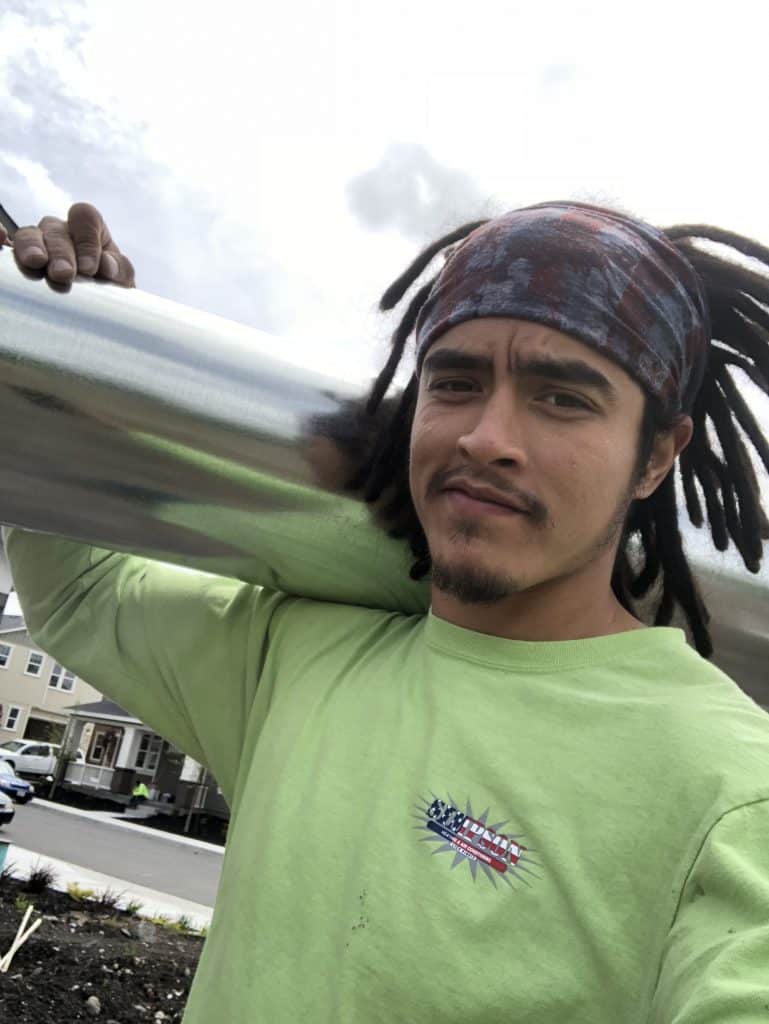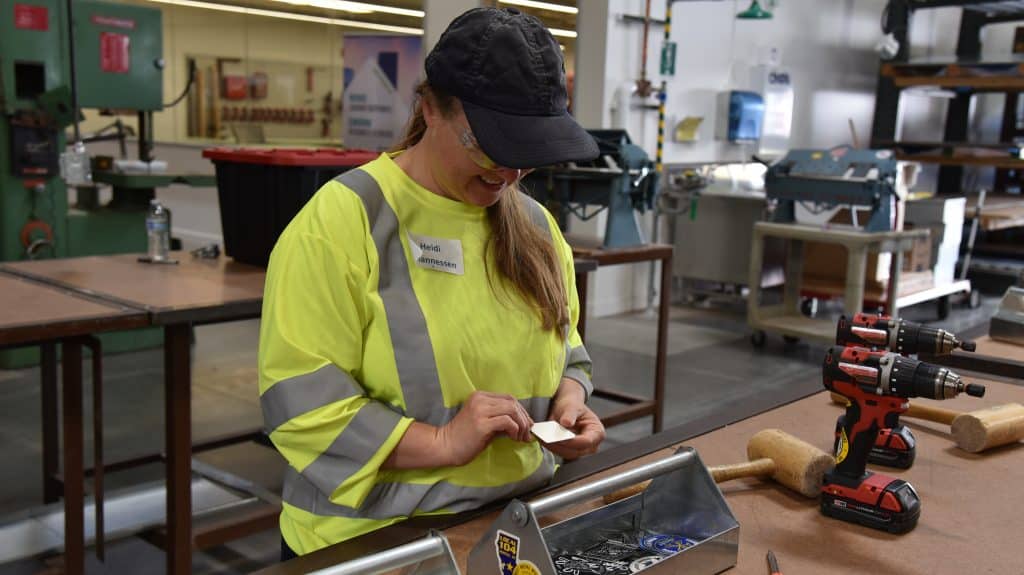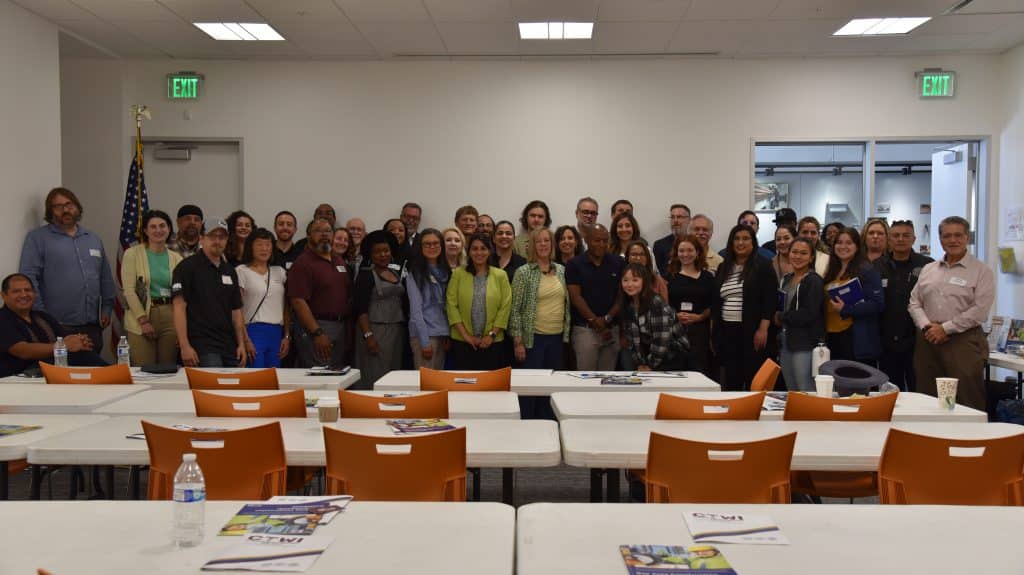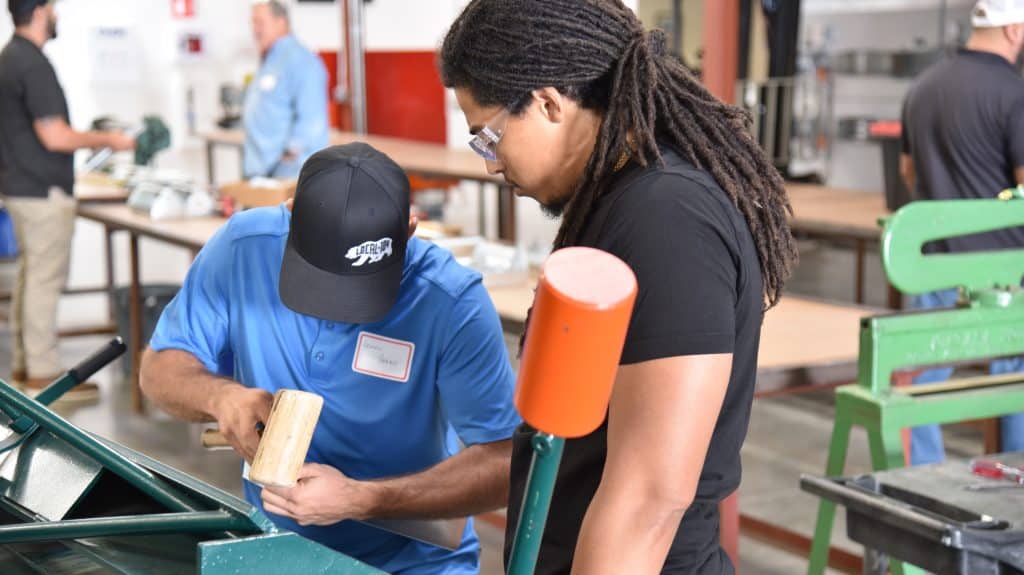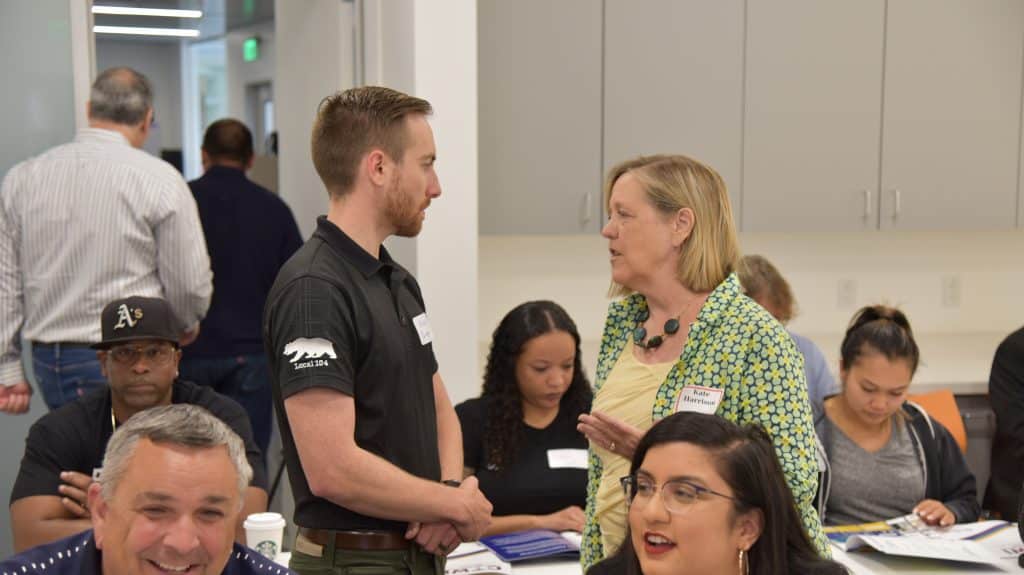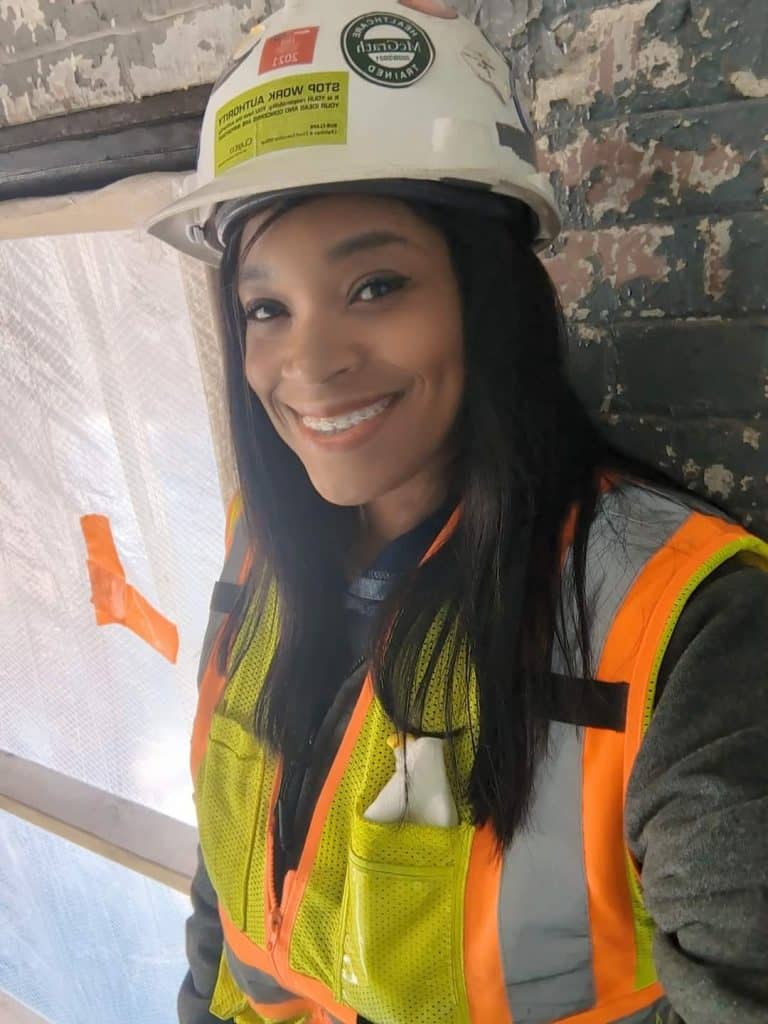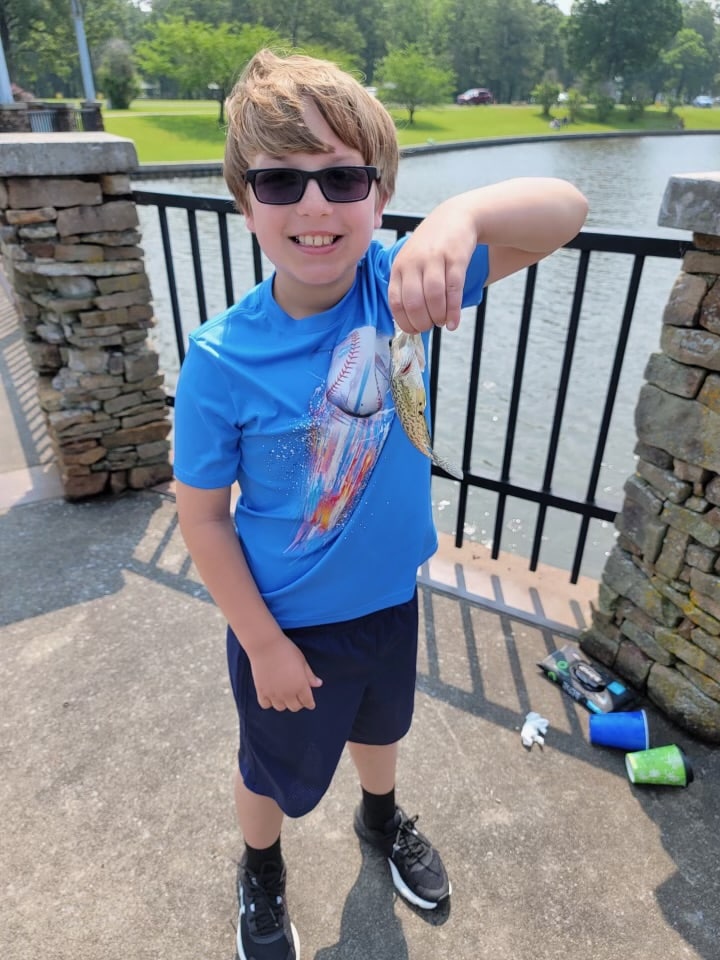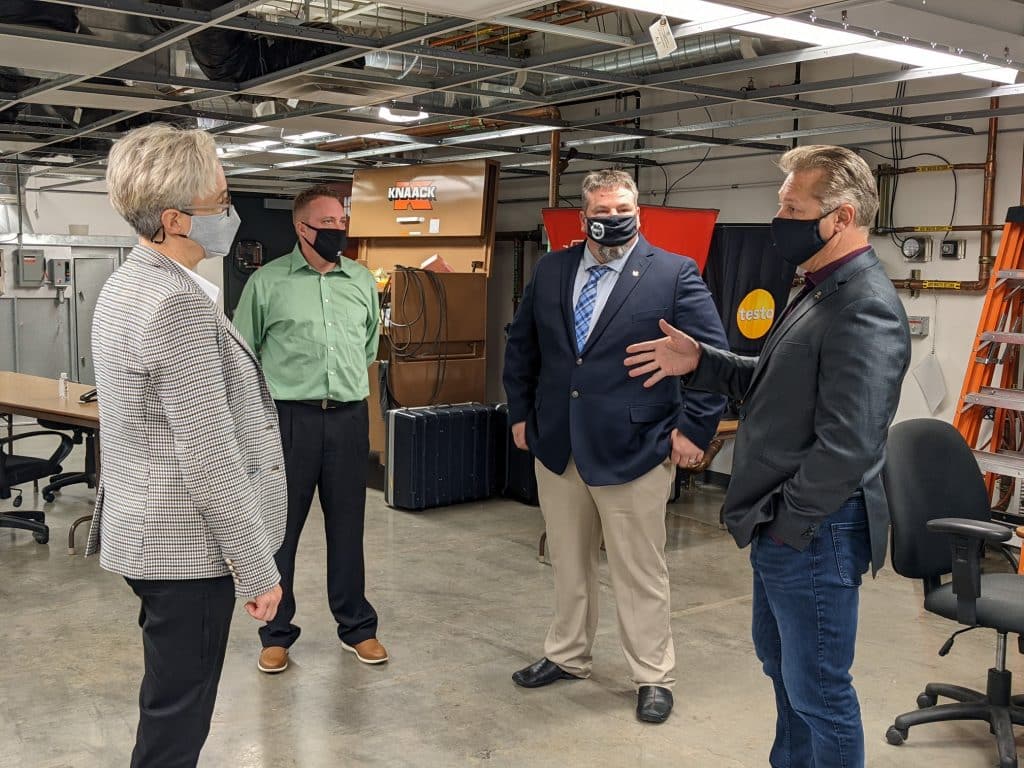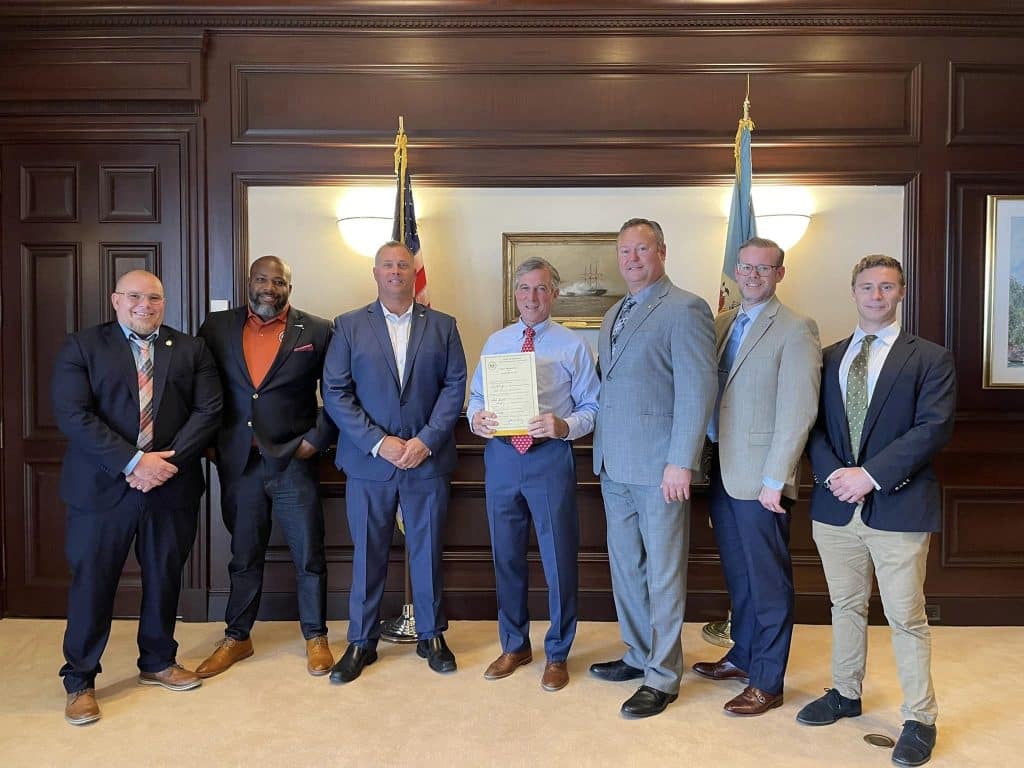The Belonging and Excellence for All (BE4ALL) initiative launched in December 2021. BE4ALL envisions a diverse, inclusive and unionized sheet metal industry that is welcoming and fosters belonging for all. The work of the BE4ALL Committee is a human endeavor, helping individuals take pride in the work they do and value the contributions, humanity and dignity of all. It also includes a business side, where workers and contractors come together to achieve the highest standards of performance and excellence in their technical skills and crafts.
When SMART, SMACNA and the International Training Institute (ITI) launched BE4ALL, the three organizations wanted the effort to be more than just words on a piece of paper. It was important that the initiative be backed by research and best practices. To that end, as BE4ALL moves into 2024, here are five reasons why this work is important. These are also the reasons why now, more than ever, is the time for this work.
1. A sense of belonging
Employees who feel a strong sense of belonging in the workplace work harder, are more productive, stay longer at their job and come into work more often. An article from the Harvard Business Review cites research that investigated the role of belonging at work. The results showed that when employees felt a strong sense of belonging, there was:
- A 56% increase in job performance
- A 50% drop in turnover risk
- A 75% reduction in sick days
2. Financial incentives
That same article states that for a 10,000-person company, this would result in an annual savings of $52 million. Employees with a strong sense of belonging also saw a 167% increase in their willingness to recommend their company to others, and received more raises and promotions.
3. Attract and retain talent
An article in the Wall Street Journal titled “The Business Case for More Diversity” reported on research conducted on companies in the S&P 500 index, looking at the age and ethnicity of each company’s workforce, the percentage of women in leadership roles, whether the company has diversity and inclusion programs in place for employees, and the makeup of the board. The research showed that the 20 most diverse firms were able to attract and retain talent and were more financially successful over the long term.
4. Diverse leadership leads to greater innovation
A 2018 study by Boston Consulting Group (BCG) suggests that increasing the diversity of leadership teams leads to greater innovation and improved financial performance. People who come from different backgrounds and life experiences bring different solutions to the same problem, increasing the odds of success.
The BCG study found that companies that report above-average diversity on their management teams also reported innovation revenue that was 19 percentage points higher than that of companies with below average leadership diversity (45% of total revenue versus 25%).
A 2016 article from the Harvard Business Review supports the BCG study with a survey of company performance that revealed businesses run by culturally diverse leadership teams were more likely to develop new products than those with homogenous leadership. Harvard Business Review suggests that “enriching your team with representatives of different genders, races, and nationalities is key for boosting your company’s joint intellectual potential.”
5. Overall workplace performance and culture
The business case for diversity in the workplace is strong. Demonstrated benefits include:
- The ability to attract a talented workforce
- The ability to reach a wider, more diverse audience
- Increased creativity and innovation
- Better decision making and problem solving
- Greater cultural and language competencies
- Saving money on recruitment and training
- Lower turnover rate
- Lower rate of absent workers
- Lower rate of discrimination lawsuits
Please join us in making the vision for BE4ALL a reality. There are four simple ways you can do this.
1 — Visit the BE4ALL webpage to learn more about the initiative.
2 — Attend a Learning Journey session (or watch a recording of a past session by visiting the SMART Resources webpage).
3 — View the BE4ALL Calendar to learn more about dates of historic and cultural significance to our members.
4 — Read and utilize the tips and tools contained in the four BE4ALL Toolbox Talks, also on the SMART Resources webpage.
For more information, please contact SMART Director of Special Projects Louise Medina at lmedina@smart-union.org.
